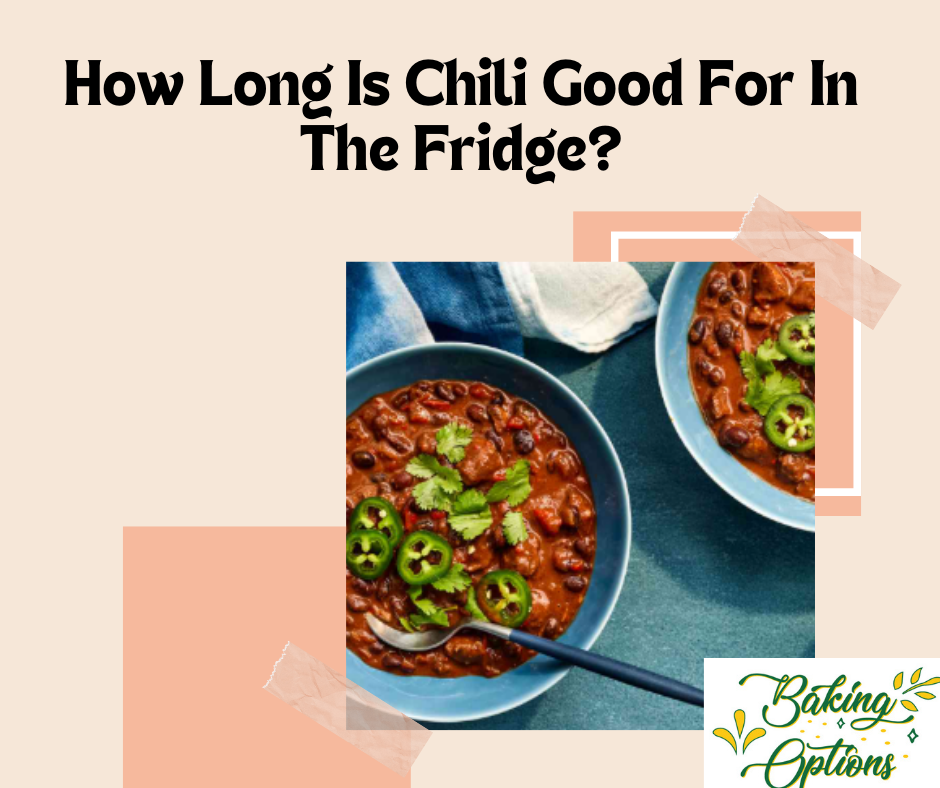The Santoku knife is an all-purpose knife, meaning you can use it for multiple purposes, like slicing, mincing, and chopping. The actual meaning of “Santoku” is “three virtues.” Whether you need to cut vegetables or fruits, this knife is the best, as it cuts equally well.
It is a Japanese knife that was designed for home chefs, but seeing its multipurpose benefits, professional chefs also prefer it.
Contents
Characteristics Of Santoku Knife
Size Of Santoku Knife
Usually, everyday Santoku knives range from 5 to 12 inches long. I have the smallest knife, almost 5 inches, and an 8-inch knife. I like both of them the best; this knife suits every size. The blade and handle are compatible, and while cutting, chopping, or slicing, my hands don’t feel any pain.
Blade Material Of Santoku Knife
Regular Steel
- Like the Miyabi 4000FC knife
- Strong and durable
- Easy to hone
- The most common you’ll find
Damascus Steel
- Like the KAI SHUN knife
- This is high-end steel with lovely wave patterns.
- Very powerful and long-lastingly sharp
- Due to its unique nature, it usually costs more.
Ceramic
- similar to the Fuji Kyocera knife
- Extremely light and sharp
- Not rusting
- But be careful—if you drop them, they could shatter
Blade Type Of Santoku Knife
If we look at the material of these blades, I’ve done a lot of research, and I’m sharing two of the best Santoku blades with you. The first one is a smooth blade. If you have used the KAI Wasabi Black knife, you know what kind of blade this is. You should use this knife if you are a new chef and want simple cutting techniques. The process of using and cleaning it is very straightforward. It’s also an all-purpose blade; you can perform all functions like chopping, mincing, and slicing.
The second blade type is a honeycomb blade. I don’t have this one available, but my friend uses it and shares reviews about it. She said that it creates a good grip when cutting. Some people call it hollow or dimpled, but I haven’t experienced that. Like the other blade, it performs all functions, but the grooves on the sides make it different from other blades. These grooves are not just for design; when you cut, they create air pockets between the cutting and the blade. When I cut with a regular knife, some items tend to stick to the knife, but the sticking issue disappears with the help of these grooves.
Handles Of Santoku Knife
Third, the handles of Santoku knives consist of three different materialities, each with some advantages. The metal handles can withstand a considerable amount of pressure and can serve for a very long time. They’re extremely easy to maintain clean, but they may feel cold when you first wrap your hands around them.
Plastic handles, commonly called synthetic types, are widely used as they are relatively cheap and very useful. They do not quickly accumulate dirt, and as a result, they are affordable, available in numerous colors, and will not spoil when wet.
Wooden handles are likely the most classic and visually appealing ones. They make the knife feel great in the hand and look wonderfully natural on the knife. They require more attention than metal or plastic handles.
However, handles have greatly improved their usability. You will have to protect them from wet environments and also be very careful with them so that they can serve you for a long time.
Difference between Chef And Santoku Knife
Usually, people say that a santoku knife is not better than a chef’s knife; they compare the two. I will explain clearly the difference, which will make it easier for you to choose a knife next time.
An everyday santoku knife is typically 6-7 inches long, while a regular chef’s knife is 8-9 inches long. So, basically, I think that for regular use, if you’re not doing professional cutting, a santoku knife is the best.
My friend used this knife at my house for the first time, and she found it very smooth and comfortable. The next day, she accidentally bought a chef’s knife from the market, thinking it was a santoku knife. She told me on a call that her knife is not like the one she used at my house. 😂
However, I will say one thing: maybe that’s why people think that both knives are the same. Both can chop, slice, and mince, meaning they are both all-purpose knives.
What Makes Them Different?
As a result, the Santoku can be seen as a fast and flexible tool—a lightweight boxer in the ring of culinary knives. It is less in weight than a chef’s knife and the blade is thinner than the later. Finally, the chef’s knife is somewhat close to a heavyweight boxer—it is bigger and stronger than the previous knife. However, the Santoku knife can retain its sharpness for longer if made from Japanese steel.
Taking Care of Your Knife
Whether you choose a Santoku or a chef’s knife, they both need maintenance.
- Sharpen them.
- Treat them gently and wash them whenever you have the chance.
- Both of them require storage.
- They also vary in the type of material used for example stainless steel, carbon steel, or even the improved Damascus steel.
Things to Keep In Mind Before Buying a Santoku Knife
Comfortable Handles
Before buying, you should check your blade. The Sontaku knife’s blade is the best; it allows left- and right-handed people to cut easily. Some blades are 50/50 and some are 50/70 and both work well; you can select both.
Size and Weight
The blade length ranges from 6 to 7 inches; the curve is 90 degrees. It is appropriately sized for most kitchen work—not too large but also not too small. When holding a knife, cutting through any foodstuffs in a single swipe should be easy.
Comparatively, Japanese Santoku knives are lighter than knives manufactured in other parts of the world. Many people prefer lighter knives because they allow for very thin and precise sectioning.Some people like thick knives because they make it easier to cut meat or anything complicated to cut. Oh, it’s all about the ergonomics, how a phone feels in your hand.
Its Composition
Tom, a chef, bought the cheapest Santoku knife he could find. It became dull and ineffective after a month of heavy use, like a butter knife. He realized he made a mistake and bought a better-quality steel knife. Five years later, it is still in great condition. “Sometimes,” he says, “being cheap costs more in the long run!” So,
- Some do not rust easily; they are proof against staining.
- Some are ultra tough and last longer and are sharp (high carbon steel)
An instrument called the Rockwell scale is a means to measure hardness. The softer steel dulls quickly, but as soon as it does, it can sharpen reasonably easily.
Handle Design
Always buy handles after checking their comfort; the better the grip of the handle, the easier it will be to use. I recommend 2 types of handles in this regard:
1. Contemporary grips (similar to those found on Western knives)
2. Japanese wooden handles in the traditional style
Both are great; you can choose whichever one you like best.
Price
It is available at a very affordable price. Initially, it was designed just for home use, but seeing its multipurpose functionality, professional chefs also started buying it. That’s when people began saying it was better than a chef’s knife.
So, now there are two categories: one is simple, meant for home cooks, and the other suited for professional work. The professional one is sharper and, since it is more expensive, it also has better durability.
The Bottom Line
I explained in detail what a santoku knife is, its benefits, and its purposes. If you are still confused, please ask me through comments. Additionally, when buying a knife, consider your budget. I recommend purchasing a simple Santoku knife if you don’t cook often. However, if you are a professional chef or run a restaurant, I suggest you buy a professional santoku knife.

